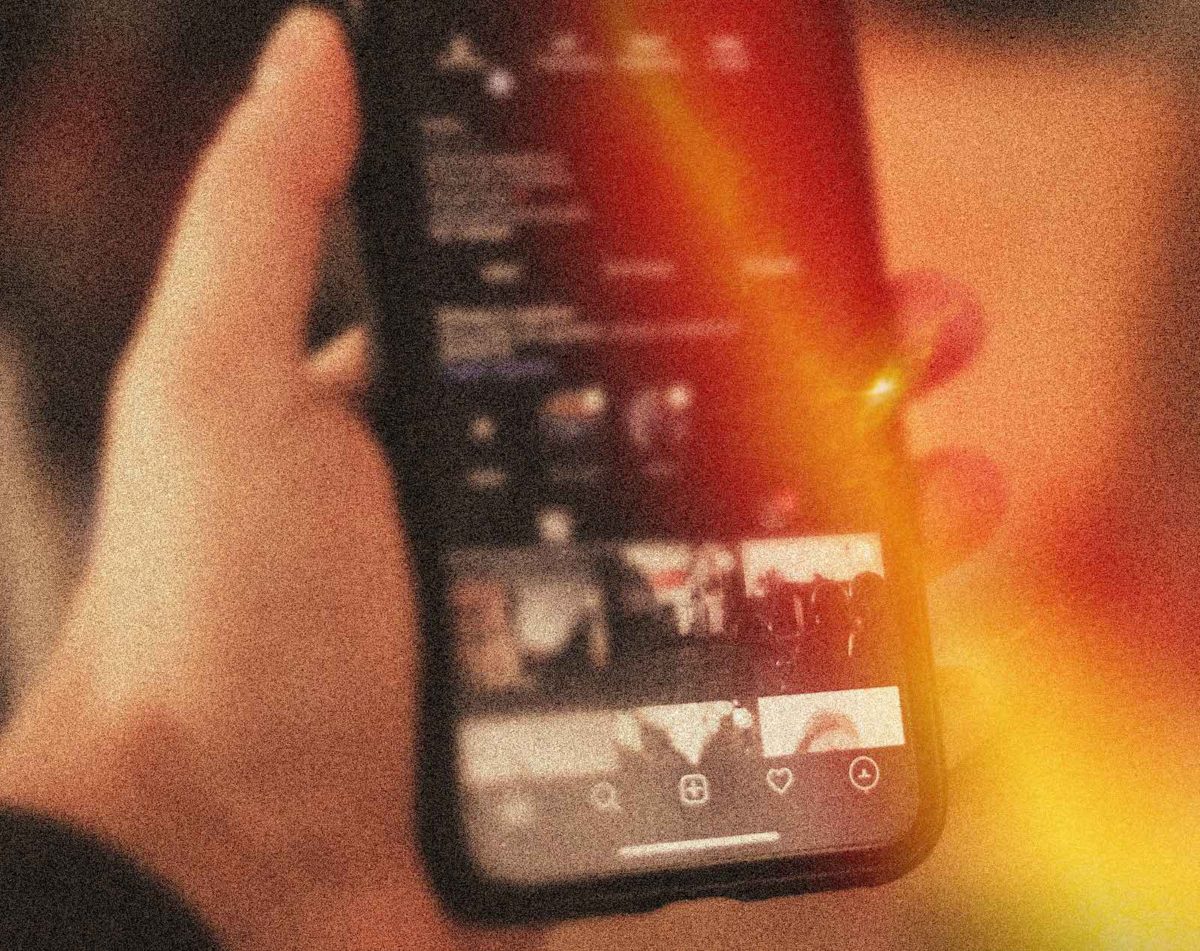I read recently about the USA investing app Robinhood being charged with “gamifying” investing and not putting in place “proper controls to safeguard inexperienced investors.” I was curious about what gamification techniques the service actually uses. Here’s what I found:
“Robinhood’s Role in the ‘Gamification’ of Investing: QuickTake”, Bloomberg, Dec 2020
Investors are congratulated for their first trade with a confetti animation. They’re offered a (tiny) chance of snagging a share of a high-price glamour stock such as Apple Inc. if they get a friend to sign up. They can browse the 100 most-held stocks among fellow users for inspiration. An entertainment ecosystem has risen up alongside Robinhood; TikTok videos under #robinhoodstocks have millions of views.
“Robinhood’s Addictive App Made Trading a Pandemic Pastime”, Bloomberg, Oct 2020
Robinhood’s app emphasizes social interaction by using the possibility of getting a free share of stock in exchange for inviting friends to sign up. You have a tiny chance of snagging a high-price glamour stock such as Apple Inc., Robinhood says, if your friend signs up and links a bank account. If you find your well of investment ideas running dry—or perhaps don’t know where to start—you can browse the 100 most-held stocks among fellow Robinhood users for inspiration.]
Robinhood and the Gamification of the Stock Market, McGill Business Review, Jul 2020
Through a Candy Crush-esque UX design with additions like confetti showers to celebrate transactions, the app gamifies the stock market, sending millions of bored-in-the-house millennials into a trading frenzy through a seemingly playful environment with dangerously real consequences.
Robinhood Has Gamified Online Trading Into an Addiction, Scott Galloway, Jun 2020
Confetti falls to celebrate transactions.
Colorful Candy Crush interface.
Users can tap up to 1,000x per day to improve their position on the waitlist for Robinhood’s cash management feature (essentially a high-yield checking account on the app).
Designed to distract: Stock app Robinhood nudges users to take risks, NBC News, Sep 2019
When smartphone owners pull up Robinhood’s investment app, they’re greeted with a variety of dazzling touches: bursts of confetti to celebrate transactions, the price of bitcoin in neon pink and a list of popular stocks to trade.
A critique of Robinhood’s gamified interface, Georgetown Collegiate Investors, Aug 2020
For starters, the flashing green and red lights, as well as the confetti, often lead users to act on their emotions instead of keeping a calm and level head. The green lights and confetti serve as subtle but prevalent psychological rewards for users. Likewise, the red numbers on the screen invoke feelings of anxiety and fear that may drive users to make irrational choices.
It’s surprising how over the course of a whole year and more, all the articles criticising Robinhood about its gamified interface don’t go beyond the confetti and a detail-less reference to Candy Crush-like design.
Further, nearly every post I’ve read on this topic follows a familiar narrative: that Robinhood encourages poor investing decisions because it doesn’t charge commissions, that it turns investing into a game, that it is disingenuous about how it makes money (payment for order flow to high-speed trading firms), that a customer once took his life after misinterpreting a large negative balance, quotes from ‘industry experts’ about Robinhood being the vanguard of a disturbing trend towards casual DIY investing. It’s astonishing how similar these articles are.
Ironically, the only post with any more detail and actual screenshots is this one, which praises Robinhood interface:
Robinhood is gamified from the start. They reward users that have just signed up with one free share of a stock, chosen by chance. The app doesn’t simply present the free stock to the user from the beginning. The process is similar to something you’d see at a casino. Users are presented with three blank cards, and are prompted to choose one. When chosen, the card flips and the free stock is revealed, with confetti and all…
The black background and bright primary accent colors are reminiscent of a Pacman game. Red is used when a stock has moved down, and green when a stock is up, creating a sense that the user is winning or losing
Obviously, this isn’t about what I think of Robinhood the service. It’s that the onus of understanding an issue in depth seems to be on the reader. And it doesn’t seem to be practical – the only reason I read over a dozen articles on the specific topic of Robinhood’s gamification of stock investing was because that was what I was curious about. The average reader’s just going to read one of these and form an opinion, unaware that all the other coverage of this issue is identical and narrow.
Ultimately this means that we, as individuals, need to choose carefully what topics we are interested in, since, as we’ve seen, the quality of online coverage leaves the duty of diligence to us. And finally, curators will almost certainly become even more important, moving beyond their role as tastemakers and influencers to shapers of world-views.
[Addition 5 Jan 2021] The clearest description of Robinhood’s techniques to drive impulse-based purchases is from a Twitter thread. If you are at all curious about what Robinhood’s gamification means, read through this:
(Featured Image Photo Credit: Austin Distel/Unsplash)






